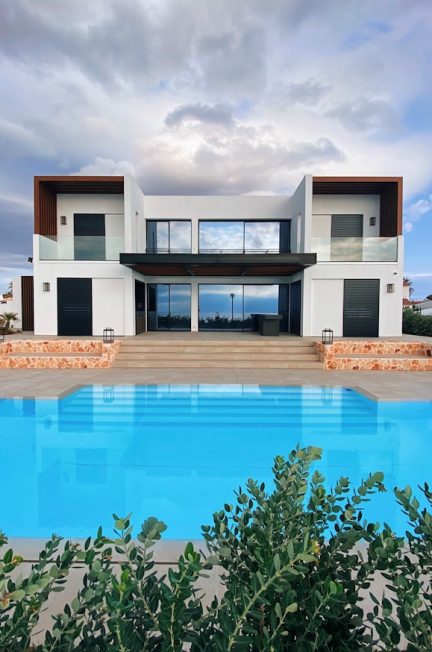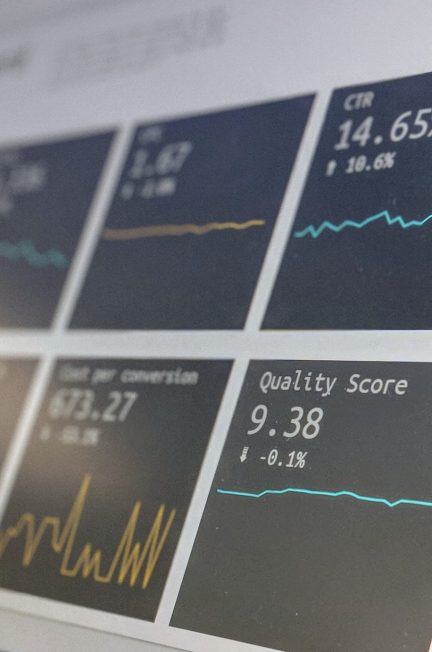Introduction to Store Fixtures
Retail success is often influenced by many factors, one of which is the type of fixtures used in the store. Store fixtures range from shelving units to display racks, and their design and functionality play a crucial role in the shopping experience. For instance, many stores in New Jersey have seen a significant uplift in customer engagement after carefully choosing store fixtures nj that are both functional and visually appealing.
The selection of store fixtures is a strategic decision. A well-planned fixture can elevate the shopping experience, guiding customers through the store and highlighting essential products. This early impression can make or break a sale. Moreover, exciting store furnishings may improve the general shopping experience by bringing in more consumers and making it seem more welcoming. It may thus lead to an increase in recurring business and customer loyalty.
Importance of Good Store Fixtures
Well-designed store fixtures can improve the customer experience, increase sales, and enhance the store’s appearance. A well-organized and visually appealing store can attract customers, while a cluttered one can deter them. Practical store fixtures create a comfortable and aesthetically pleasing environment, encouraging customers to spend more time in the store. They also streamline the shopping process, allowing customers to find what they need and discover new products quickly. However, well-designed fixtures can also create frustration and confusion, potentially driving customers away and negatively impacting sales.

Trending Store Fixture Designs
Keeping up with trends in store fixture design can set your retail space apart from competitors. Current trends include modular displays, sustainable materials, and tech-integrated shelves. These fixtures not only look modern but also serve functional purposes, like making restocking easier or enhancing product visibility. Modular displays, for example, allow for flexibility in the layout, making it easier to adapt to seasonal changes or special promotions.
Integrating technology into store fixtures can enhance customer engagement and streamline the shopping process. Interactive displays, digital price tags, and smart shelves are becoming increasingly common, offering a high-tech twist to traditional retail. These tech-integrated fixtures can provide customers with real-time information, personalized recommendations, and an enhanced shopping experience.
Materials Used in Store Fixtures
Store fixtures come in various materials like wood, metal, glass, and plastic, each with its advantages and use cases. Wood provides a warm, traditional look, ideal for boutiques and high-end retail spaces. Metal is sturdy and modern, ideal for industrial-themed stores. Glass fixtures offer a sleek, sophisticated appearance, perfect for delicate or high-value items. Plastic is versatile and economical, suitable for fast-moving consumer goods. Understanding these options helps make the right choice for your store’s theme and durability requirements, impacting both visual appeal and longevity and maintenance.

Custom vs. Prefabricated Fixtures
Custom-made store fixtures offer unique designs tailored to your brand, ensuring your store stands out and meets your specific needs. They can enhance your brand identity by incorporating specific design elements and materials. Prefabricated fixtures, on the other hand, are more affordable and accessible to install, available in a wide range of styles, and can be just as practical and stylish as custom ones if chosen wisely. They offer cost-efficiency and quicker turnaround times, making them ideal for retailers on a tight schedule or budget.
Photo by Maria Orlova from Pexels



